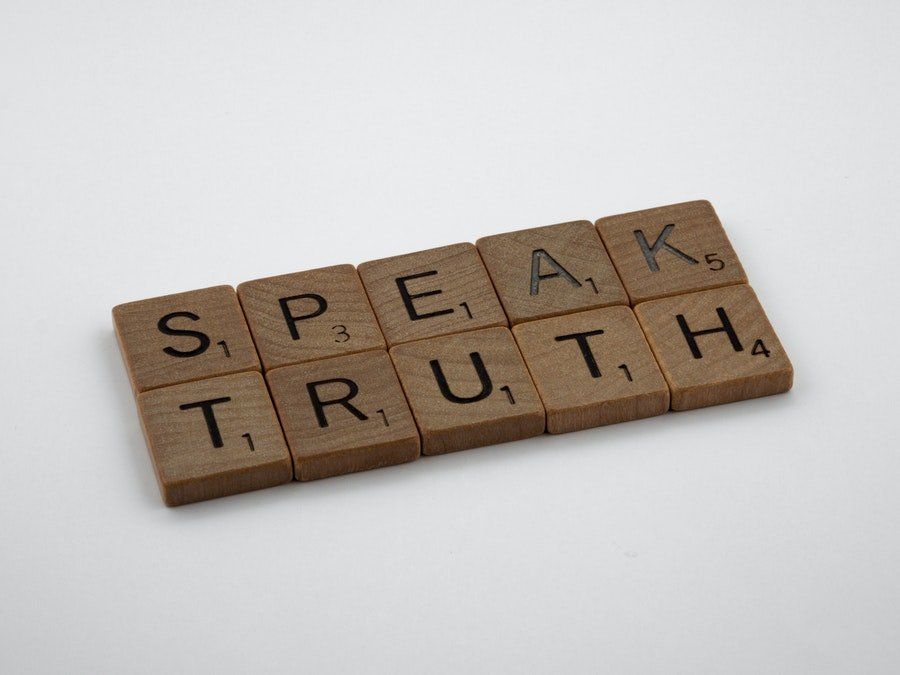6 Tips To Stay On Top Of Your Business Assets

Photo by Viktor Frogacs https://unsplash.com/photos/3PyBkxgTiL0
Disclaimer: The views expressed in this article belong to an independent guest author and not Leaderonomics, its directors, affiliates, or employees. This is not financial or investment advice. Please do your own research and evaluate your risk appetite before investing.
Human resources and business assets are two of the most important contributing factors to the success of any business or enterprise. Both are essential to all aspects of the business. Physical assets make up part of what’s used to make a business run and operate. Without these physical assets, workers could do very little or work so inefficiently that the company won’t earn anything at the rate of its production.
It’s very important for any business to keep track of and manage all of its assets in an organised and effective manner. A really neat and nice way of keeping track of your assets is by sorting them and using an RFID inventory tracking system. With this, you can store and retrieve detailed information about your assets.
Here are a few suggested tips on how to stay on top of your business assets:
1. Know What’s Yours
The first step toward staying on top of your business assets is to know what you own in the first place. You need to list down the things you own before you can make an organised and efficient inventory of your business assets. You should start by going over your assets one by one, and coming up with an inventory list. However, you may have to be more organised than having paper lists if your company has hundreds or thousands of assets.
It’s important to know how to protect different kinds of assets. Business assets include anything used in your business for trade, operations, finance, administrative, or some other support functions. Your business assets can be grouped into three different categories: tangible, intangible, and intellectual property assets.
- Tangible Assets are those assets, properties, or equipment that can be physically identified, ascertained, or held. They’re usually required to be listed in your company’s balance sheet because of their high value. Some examples of tangible assets are buildings, vehicles, office equipment, plant, machinery, and stocks.
- Intangible Assets are those assets or properties that can’t be seen, touched, or held, but are kept because of their high value to the business. Some examples of intangible assets are the skills of the company’s employees, the reputation of the business, brand recognition, and business goodwill.
- Intellectual Property assets are also another kind of intangible asset. The difference mainly is that companies normally don’t put them on their balance sheet. Some examples of intellectual property are trademarks, patents, brand names, logos, inventions, formulas, and copyrights. In recent years, digital assets have also become important business assets.
2. Put A Price On Them
Once you’ve already listed down all your assets in an inventory and grouped them into their own categories, the next step is to put a price tag on them. The price you put on them isn’t necessarily their price when you bought or acquired them. The values and prices of assets appreciate or depreciate depending on their nature, use, and economic circumstances.
The values of land and buildings, for instance, have a constantly increasing trajectory over time. There are specific techniques and methods in business accounting to help you arrive at the estimated value or price of your specific assets. But, the general idea is to look for assets, products, properties, equipment, or items that are similar to them. You can get their estimated value or prices, and the values of your assets should be just about the same.
3. Record Your Business Assets
After you’ve made an inventory list and assigned specific values and prices to your assets, you should list them in your balance sheet and create detailed records about them. There are numerous accounting software applications that you can use to create records. You can also hire a professional accountant or accounting firm to help you with this part of managing your assets.
You have to remember, however, that your balance sheet is merely a snapshot of what your assets are worth at a specific point in time. Over time, the value of your assets may appreciate or depreciate. The value of land and buildings generally go up after several years.
With most equipment, their values would go down after several years based on the rate of depreciation applicable to them. This is usually based on an estimate of how long they would be of service and what their estimated values would be at the end of their service period. You’ll have to make adjustments in your balance sheet from time to time to reflect the appreciation or depreciation of assets.
4. Get Insurance For Your High-Value Assets
Due to the various risks in business operations, as well as other unforeseen natural events, there’s always that risk that you might lose some or all of your assets. For example, there’s the danger that your buildings might be razed by fires to the ground, or crumble and fall after a massive earthquake. Your office equipment might be burned in a fire, or it might get stolen if thieves break into your office or company premises.
It’s highly advisable for you to get insurance for your high-value properties, assets, and even when buying a car with a loan for your business. It’s going to cost you monthly insurance premiums, but it would be worth the cost because your risk would be covered. In the event of loss, you’re going to get some compensation from the insurance company for the value of your assets, properties, or equipment. You should also get fleet car insurance for your company cars.
Companies that rely on vehicles need to make sure they’re covered from all possible risks to protect their assets and operations. Understanding the box truck insurance cost will help you smartly invest in comprehensive policies that safeguard your fleet without straining your budget. Such coverage ensures that, in the event of accidents, theft, or damage, your business can recover financially without significant interruptions to daily operations. Prioritising proper insurance coverage is a critical step in maintaining a secure and sustainable business model.
5. Understand Your Assets And Taxes
Each time you consider purchasing a certain asset or property, you should also carefully consider the tax implications involved in what you’re going to buy. Know that every time you purchase or invest in an asset, you incur a business expense that you can charge against your company’s gross income before taxes.
However, instead of or charging it one time, you can spread it over several years so you get to charge it as the equipment’s value depreciates over time. This way, your tax break is spread over several years, rather than applied as one huge one-time tax break, and, then, nothing follows after that. There’s a slight difference between the tax break you apply one-time and the tax break you’ll enjoy if you spread it over a longer period. You usually get tax savings over time.
6. Organise Your Depreciation Schedule
The final step in staying on top of managing your business assets and making the most of them is to sort your depreciation schedule. You or your accounting staff should know the specific and exact depreciation deductions that you can take off from your business assets.
The rules of the Internal Revenue Service (IRS) says that you should only write off the depreciation amounts over the course of the useful life of the asset or property. If you’re no longer using such an asset, you can’t charge depreciation against it anymore.
Managing Assets
Knowing how to manage the assets of your business is one of the most important aspects of making a business grow and succeed. Business assets play an important role in making a business productive and profitable. Over time, a business accumulates more assets, which it continues to use for business operations. If these business assets aren’t handled well, the business would lose money instead of earning income.
This may interest you: Why Trust Is The Most Valuable Of All Business Assets
Assets are supposed to be fruitful and lucrative, however, just like everything else in the world, they needed maintenance and managing. Otherwise, your assets will turn into a liability. Above are great notes on what you should do to stay on top of your business assets. Fun segue, check out our product Necole. There are so many things you can do with your time, why not spend it on learning or relearning various topics offered. Surely, your prime time is your grind time! Necole is a state of the art learning platform that curates personalised learning just for you. To find out more about necole, click here or email info@leaderonomics.com
Be sure to check out the media below to unleash all the Necole fun-tivities:
Leaderonomics.com is an advertisement free website. Your continuous support and trust in us allow us to curate, deliver and upkeep the maintenance of our website. When you support us, you allow millions to continue reading for free on our website. Will you give it today? Click here to support us.
Business
Tags: Financial crisis, Hard Talk, Consultant Corner, Executing Leadership, Finance, Research & Development, Sales
This article is published by the editors of Leaderonomics.com with the consent of the guest author.







